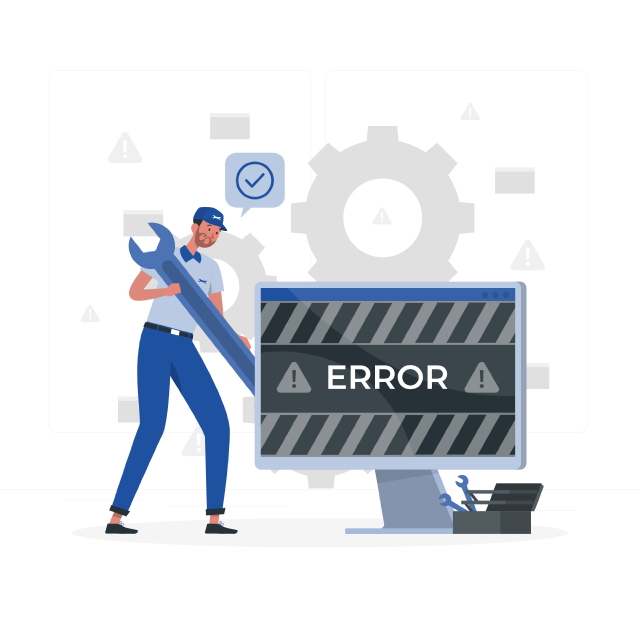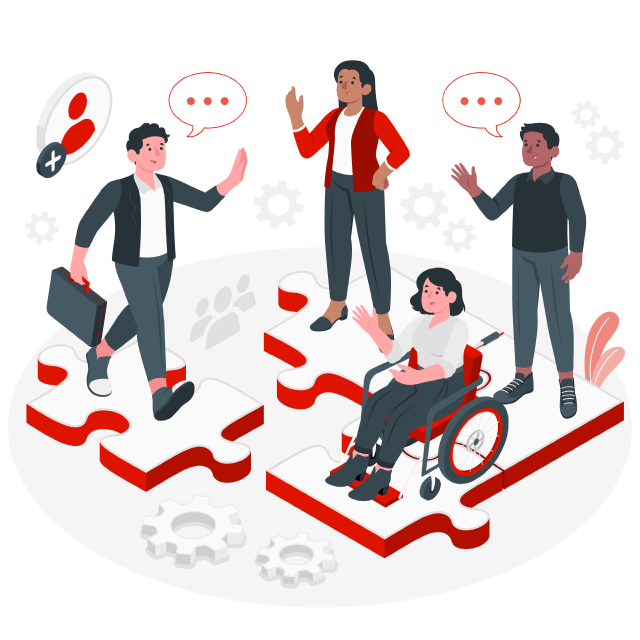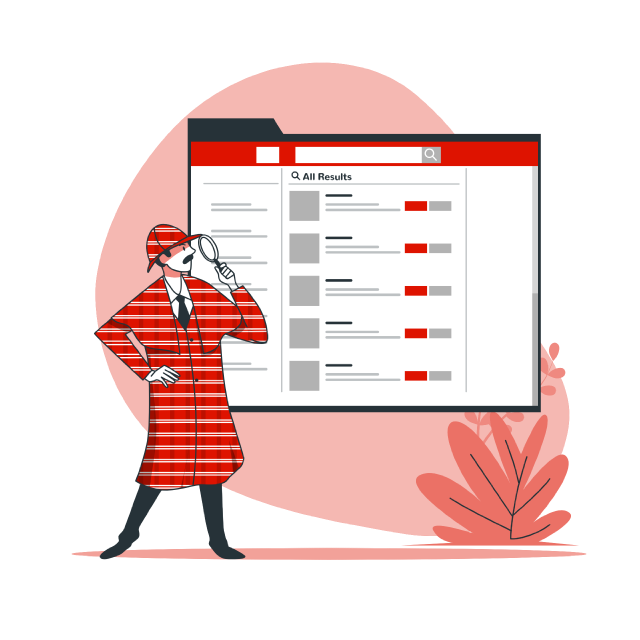At Ellevation Education, we believe engineering excellence isn’t just about solving hard problems — it’s about solving them together. As our teams grow and evolve, so does the need for clarity, consistency, and collaboration. Enter: The Pirate’s Code.
Inspired by the idea that “the code is more what you’d call guidelines than actual rules,” the Pirate’s Code is a collection of technical guidelines meant to help us build a platform with consistent architecture and a streamlined set of technologies. These guidelines are our way of striking the balance between team autonomy and shared technical direction. They are not rigid mandates — they’re about enabling our engineers to move fast and build well, with fewer surprises, smoother collaboration, and clearer paths to production.
Why We Created the Pirate’s Code
The Pirate’s Code is rooted in a simple vision:
Any engineer should be able to confidently make and deploy small changes to our systems — quickly, safely, and independently.
To get there, we need more than just talented people. We need a shared foundation that makes it easy to:
- Onboard quickly – so new teammates can become productive fast.
- Collaborate seamlessly – so engineers can dive into each other’s code without friction.
- Focus on what matters – by limiting tool and framework sprawl, we free up energy to solve meaningful problems.
At its heart, the Pirate’s Code is about empowerment through alignment. We’re not here to micromanage — we’re here to support engineers with guardrails that reduce guesswork, foster clarity, and make good technical decisions easier to repeat.
Why It Matters
When teams solve similar problems with different technologies and patterns, it creates friction — for onboarding, for troubleshooting, for collaboration. A shared set of guidelines reduces that friction and increases the value of every engineer’s effort across the org.
It also unlocks a more resilient and adaptable engineering culture. With consistent practices in place, we can move engineers between teams more easily, and tackle cross-cutting initiatives without reinventing the wheel each time.
And perhaps most importantly, it lets us scale together. As we continue to integrate our products and deepen cross-team collaboration, consistency in technical choices becomes a force multiplier.
The Challenges of Getting There
Of course, no crew sails into alignment without navigating some rough seas.
Standardization always comes with tradeoffs. We want teams to feel ownership over their systems, but we also need them to share a common technical language. The challenge is in holding both truths — preserving autonomy and fostering alignment — without tipping too far in either direction.
Change can be slow. Migration work is rarely glamorous. And old decisions sometimes have long shadows. But we believe that with patience, pragmatism, and open, collaborative conversations, we can chart a path toward a stronger, more unified platform. Striking the right balance isn’t about top-down mandates; it’s about working together, listening carefully, and being willing to compromise to support our shared goals.
What’s Next
The Pirate’s Code is a living document — and a shared effort. It will evolve as our systems and teams do. Engineers are encouraged to challenge, contribute to, and improve it. That’s the only way it stays relevant and real.
At Ellevation, we don’t want to be a place where good technical decisions depend on knowing who to ask or on shifting individual preferences. We want good patterns to be easy to discover, easy to follow, and durable as our teams and leadership evolve.
Because in the end, the real treasure is a well-run platform that helps us better serve our mission of helping English learners achieve their highest aspirations.



